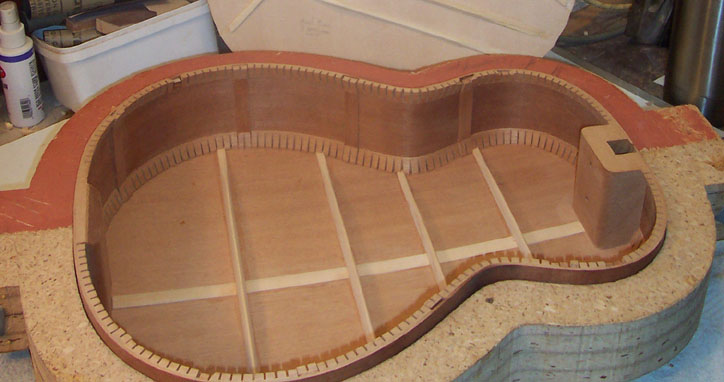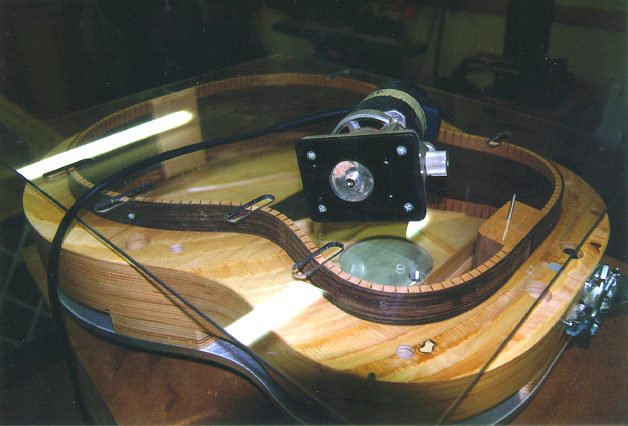Ah, the answer to this one hinges on the question of what you mean by 'need'. :)
I've used side tapes for years to limit the spread of cracks. I tested out cotton-poly bias tapes and nylon a few years ago, to see which was a better reinforcement on strips of side stock. I put on the tapes with either hide glue or Titebond, and measured how much force it took to break the pieces with the tapes on the tension side. The bias tapes about doubled the force it took to break a 2" long section of 2mm side stock of any of the woods I tried. Hide glue worked better: the tapes sometimes came loose with Titebond. Neither glue stuck very well to the nylon tapes, which, although strong, tended to come unglued at lower forces than were required to break the cotton-poly reinforced side samples.
Wood side fillets are, of course, stronger. However, they must be inletted into the liners. If the fillet stops short of the liner then any blow to that area will have the force concentrated at the junction between the liner and the fillet, and that's where it will break. That's the hardest spot to fix....
The issue thus comes down to how strong you 'need' the sides to be, and how much time you want to put into making them stronger. IMO side tapes add an adequate amount of strength, and, more importantly, limit the damage. Any crack should stop at the next tape if it's glued down properly. (note that air attacks glue, so you can't expect old tapes to hold well unless thay are protected from the air by, say, thorough shellacing). Some builders rejoin that _no_ amount of extra strength is 'adequate', and lots of fillets are the best way to keep the top and back together when you're dealing with gigging musicians. One could, I suppose, lay in a couple of layers of carbon fiber, but how far do you want to go? So that's what I mean by 'need'.
|


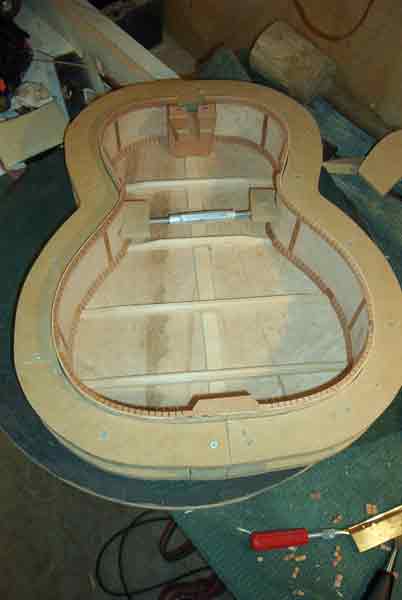
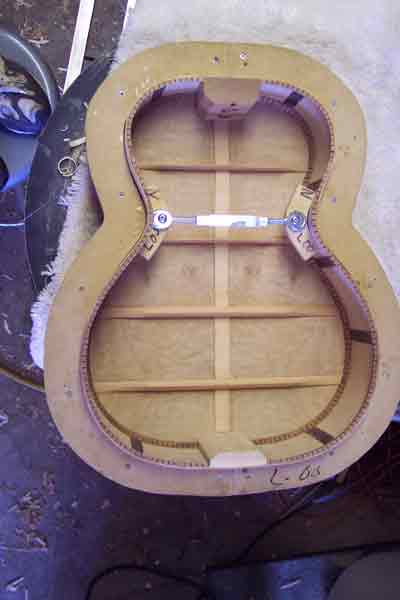


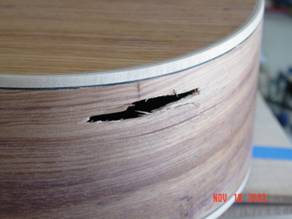
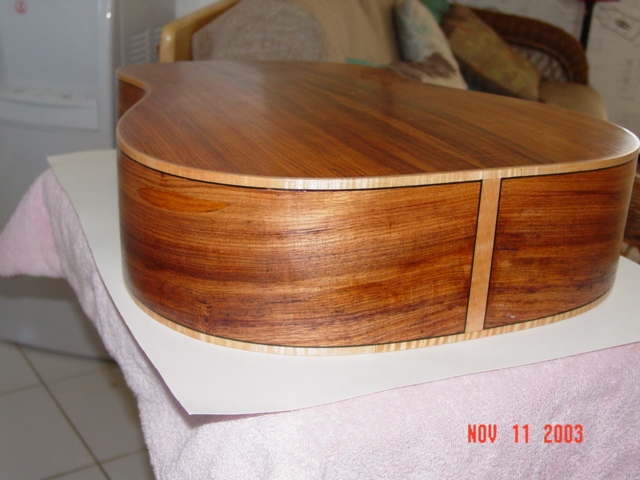
 ?!
?!
